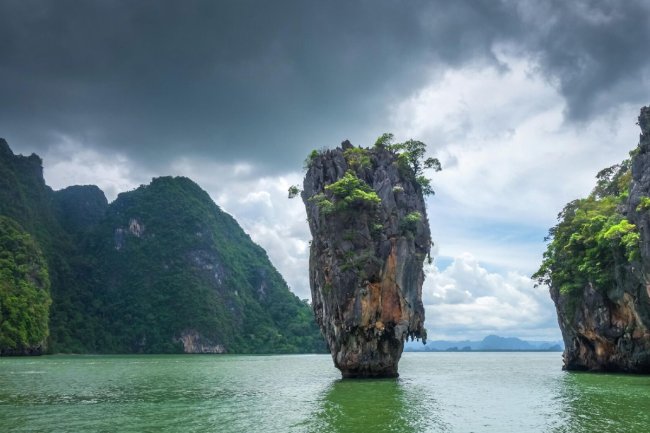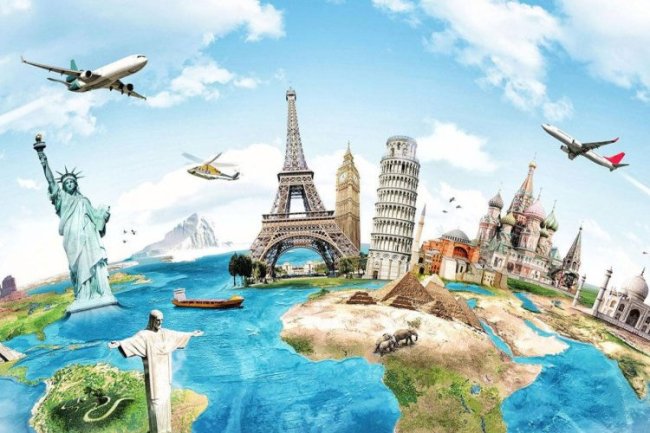Canada: cold country with the warm heart
9 interesting facts about Canada

Canada recently celebrated the 155th anniversary of the unification of the provinces of Ontario, Quebec, Nova Scotia and New Brunswick. Majestic Lakes, northern lights of inimitable beauty and maple syrup... If you want to learn something new about this northern country, then our article will be interesting for you.
Canadians prefer private houses to apartments

Only 10% of Canadians live in high-rise buildings, which are usually built up in all large cities. The joke that Canada is a huge flat village is really true: it is huge because it is the second largest country in the world, it looks flat from above due to the prevailing low buildings and the name “Canada” means "village". Large urban spaces, built up mainly with two-story houses, make the car your main life companion. Public transport in Canada is not very well developed, so traveling to work that is more than 50 kilometers away from home is considered the norm.
Canadians can turn on red
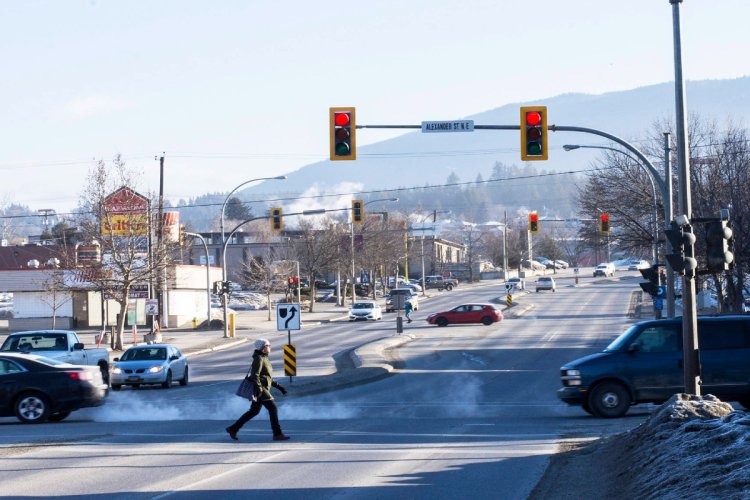
While red traffic lights are a stop for (most) drivers all over the world, you can turn on red on Canadian roads. There are exceptions only in densely populated Montreal and at some dangerous intersections in other cities where this maneuver is prohibited. A special sign informs about this: a vertical white rectangle in a black frame, inside of which there is a red circle with a crossed out arrow pointing to the right, and a traffic light with a burning red light.
Ice wine is made here
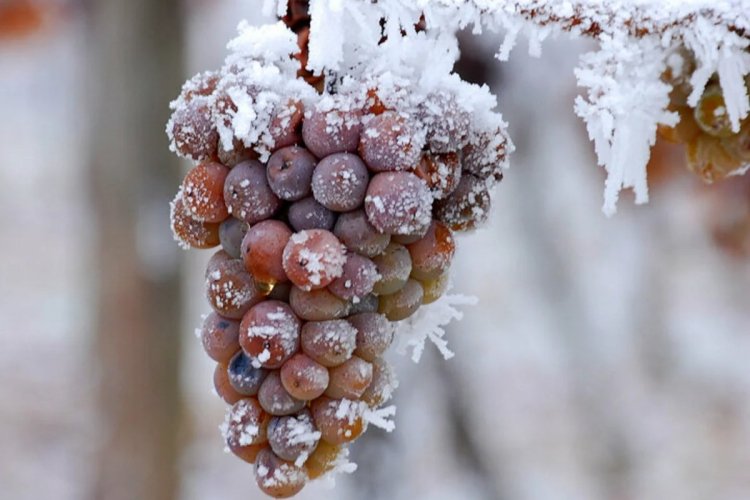
Canada produces unique concentrated dessert wines that are distinguished by their taste, bouquet, aroma and astringency. These wines are made from grapes that are harvested in early December after being frozen, when they look like raisins. This special drink, which Canadian farmers are very proud of, is called "icewine". However, its cost is quite high - the smallest bottle of 0.375 liters costs at least 50 Canadian dollars (38 USD).
Canada has 4 national animals
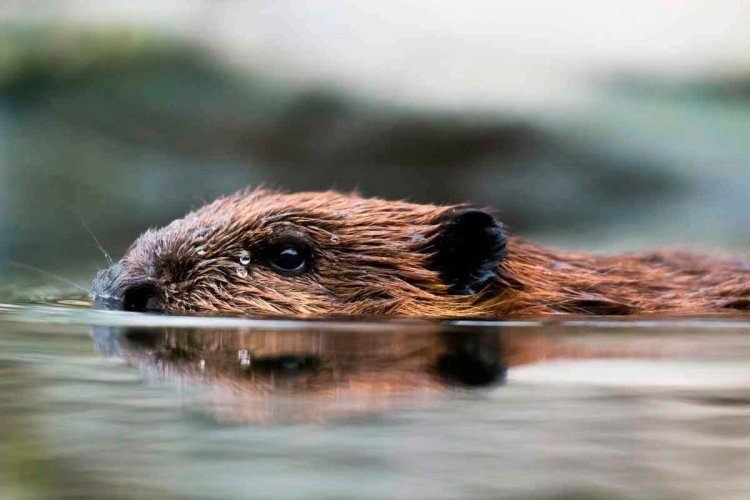
In fact, the national symbol of Canada is the beaver, but Canadians themselves willingly add to this list the elk, the polar bear, and the black-billed loon. A beaver is featured on the 5-cent coin, an elk on the quarter dollar coin, and a loon and a bear on the $1 and $2 coins, respectively. The beaver was not chosen by chance - the world's largest dam created by beavers is in Canada. Thanks to their perseverance, tenacity and diligence, beavers have won special love from Canadians.
There are over 15,000 polar bears in Canada
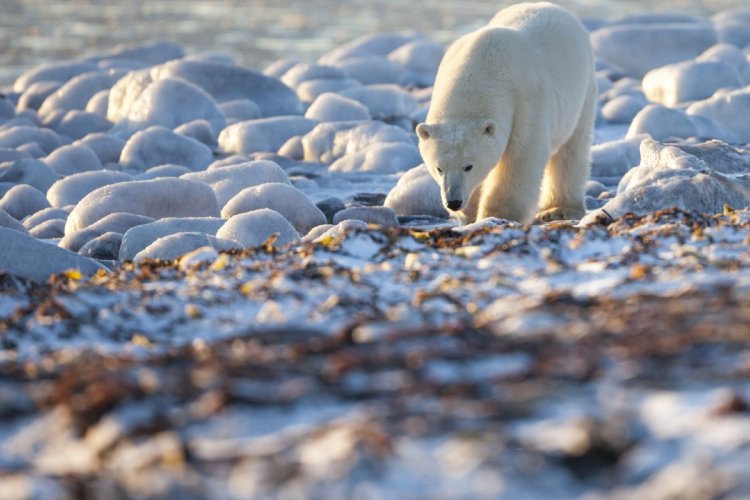
In the Canadian city of Churchill on the shores of the Arctic Ocean, many residents do not close their homes and cars. This is done specifically so that people who encounter a polar bear can quickly find shelter. This is not a joke! In the fall, when the bears are waiting for the Hudson Bay to freeze, they often roam the streets of the city, attracting the attention of tourists. Due to the increased touristic hype in this city with a population of 1000 inhabitants, a special bear prison was created, where bears-hooligans that pose a threat to society are temporarily kept. In winter, when the bears go into the ice to hunt ringed seals, they are no longer seen on the streets.
Here is the deepest underground laboratory in North America
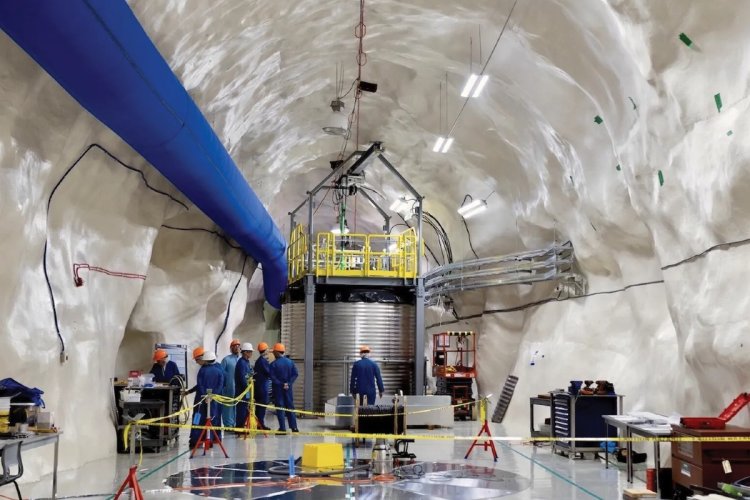
SNOLAB is a scientific laboratory that is located in a former nickel mine at a depth of more than 2 kilometers near the city of Sudbury. The laboratory occupies a huge space: underground facilities are located on 5000 m2, and auxiliary facilities are located on the surface on an area of 3100 m2. SNOLAB specializes in research on the physics of subatomic particles, neutrinos and the properties of dark matter, which makes up 70% of the entire universe. In terms of purity of experiments and depth of location, SNOLAB concedes only to the newer Chinese laboratory CJPL, which is located at a depth of 2.4 kilometers.
100 Canadian dollars smell like maples
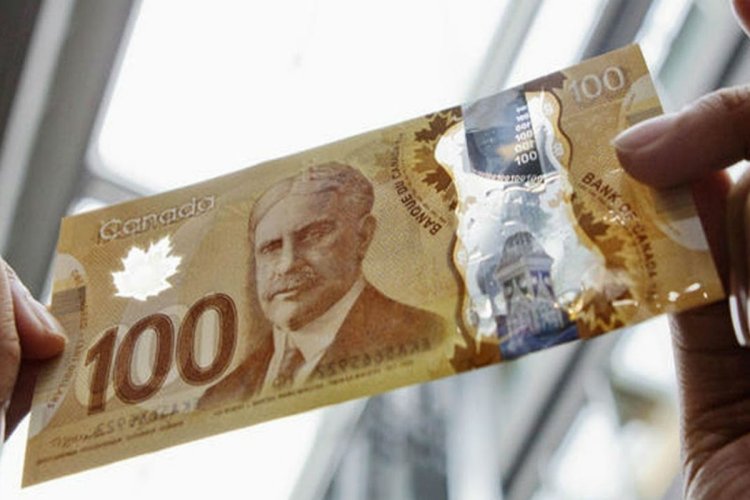
Many Canadians claim that the 100 Canadian dollar banknote smells like maple which is also the national symbol of their country. However, the National Bank of Canada insists that no flavors or maple wood are used in the manufacture of these banknotes. So, to check it out, you'll either have to take Canadians at their word, or you'll have to travel to Canada yourself, go to a cafe, order maple syrup pancakes, and try to catch the scent of a $100 bill.
Canadians are very politically correct

In Canada, the principles of political correctness and respect for different cultures are strictly observed. So, no one will call the representatives of the indigenous population Indians or Eskimos. Instead, they respectfully refer to the Indians as "First Nation" and the Eximos as "Inuit". Also, in connection with the desire for multiculturalism, Christmas holidays and other traditional Catholic holidays in Canada are now considered public, not religious.
Gravity is different here
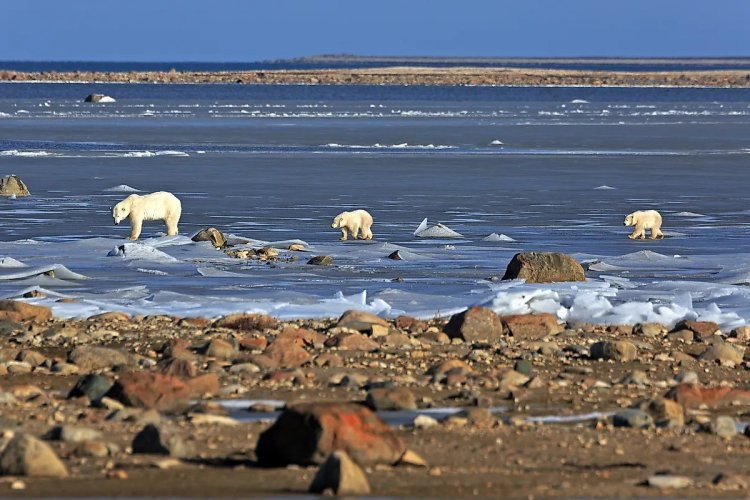
In the 1960s of the twentieth century, the first global measurements of the Earth's gravitational force were made. In the process of these measurements, an area with an abnormally low level of gravity was found in the Hudson Bay region in Canada. The reasons for this phenomenon are still not fully understood. In this area, the average person, who usually weighs 70 kg, will weigh 2.85 grams less, although this change is so small that it can hardly be felt.
Canadian nature is killing with its beauty and diversity, and its inhabitants - with their uniqueness. It is important to remember that almost half of Canadians were born outside the country, but they are proud to say that they are Canadians. A third of the population prefers to end their day by reading a book, and 10% claim to have encountered a UFO at least once in their lives. Book your Trip with fedafone booking.

